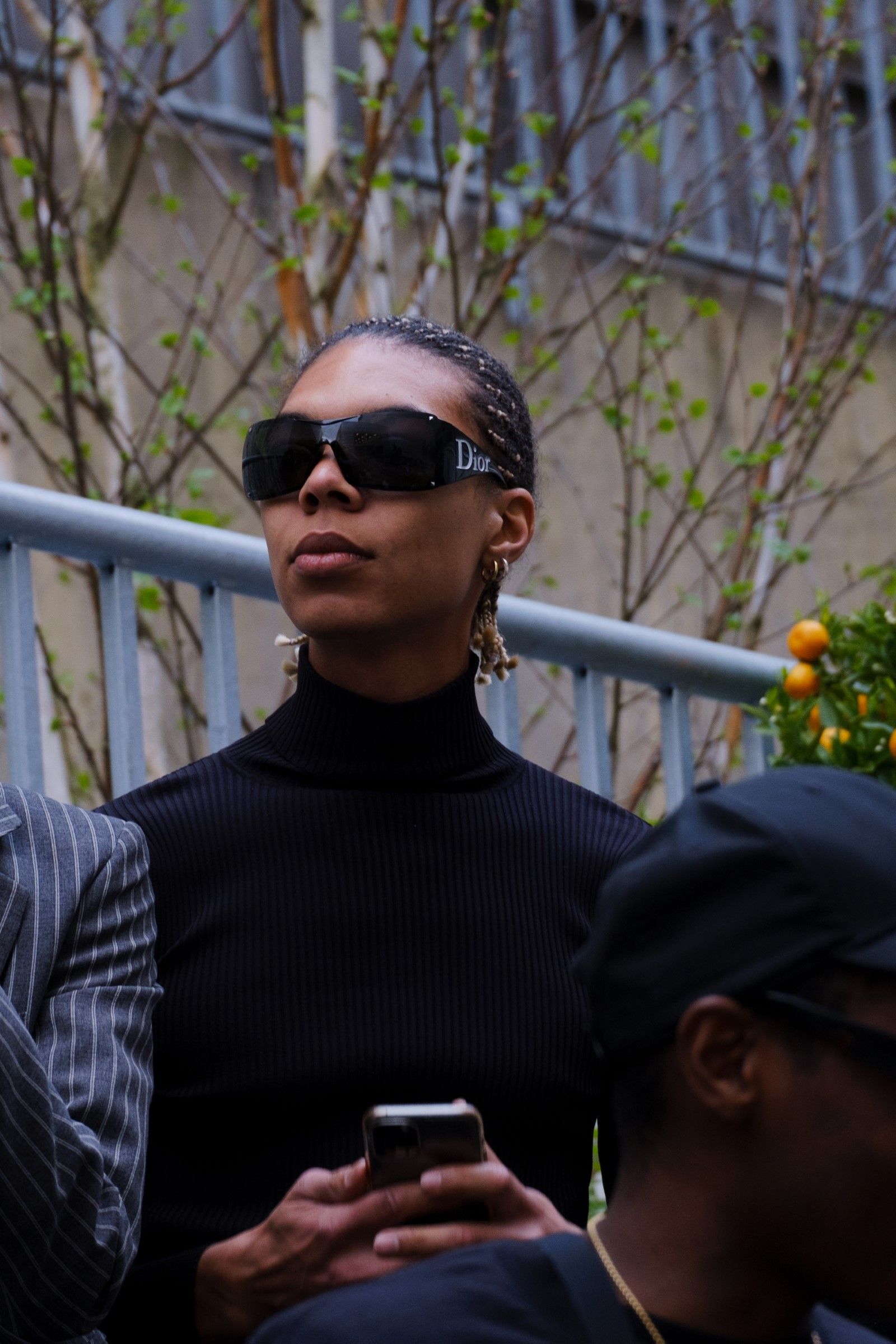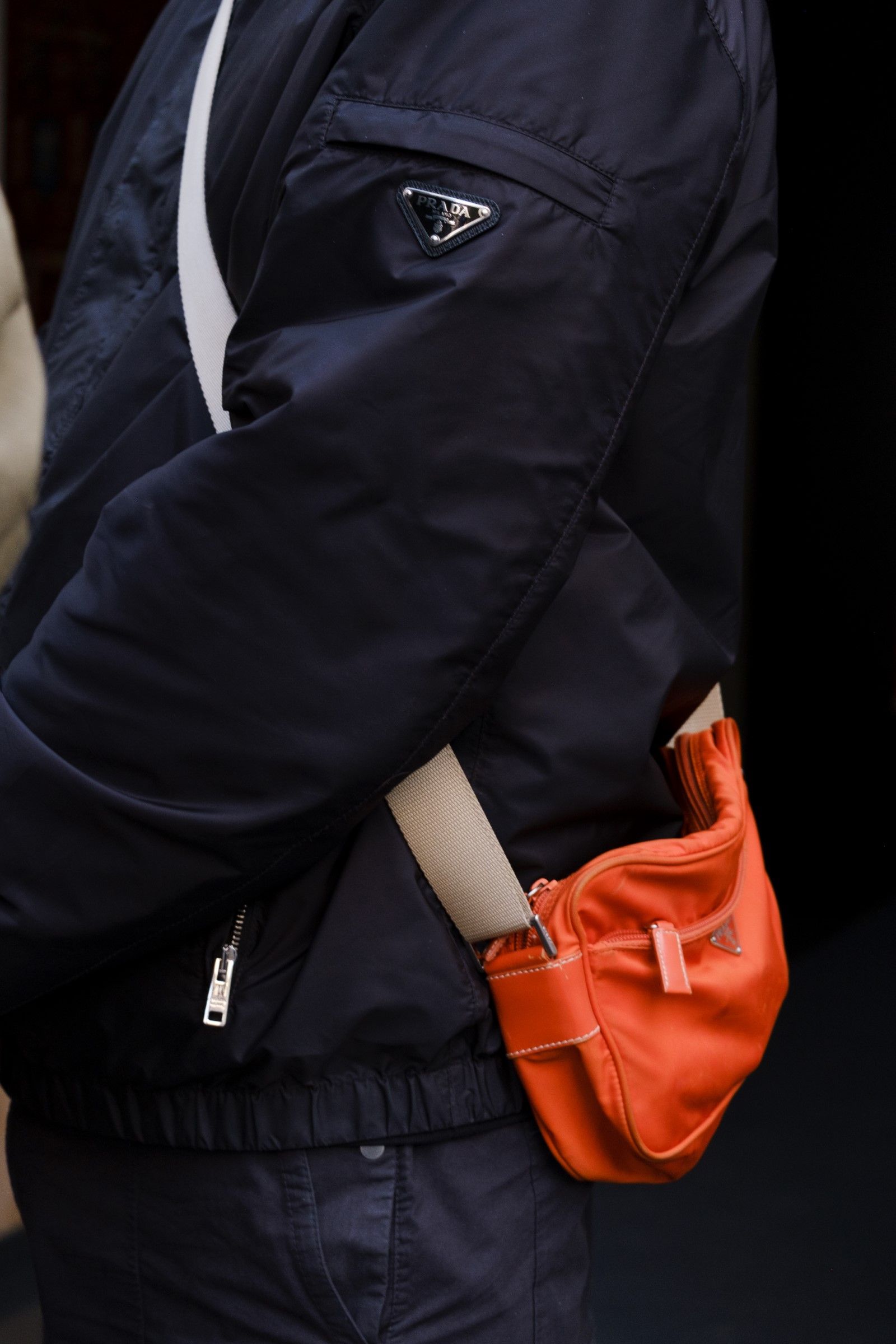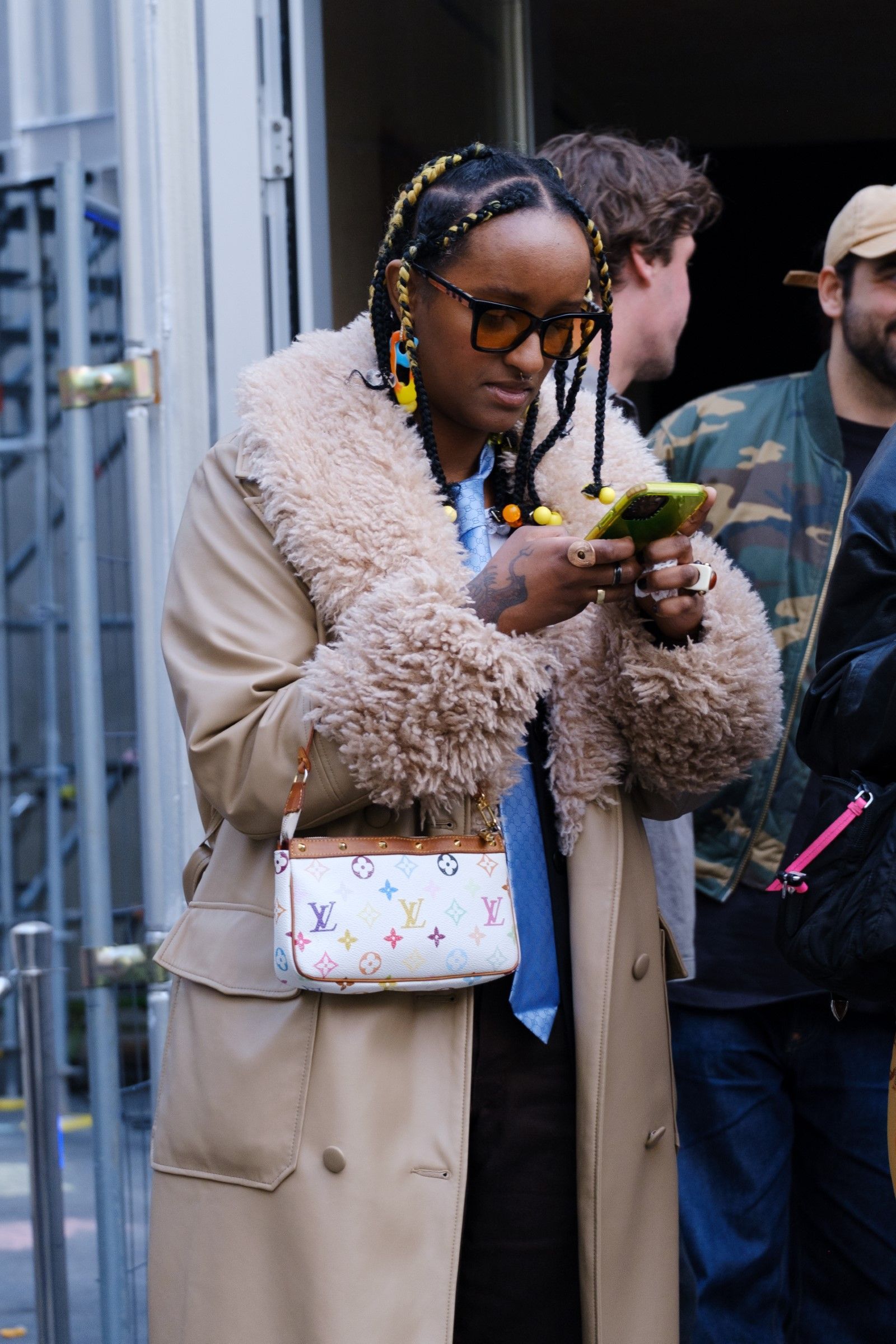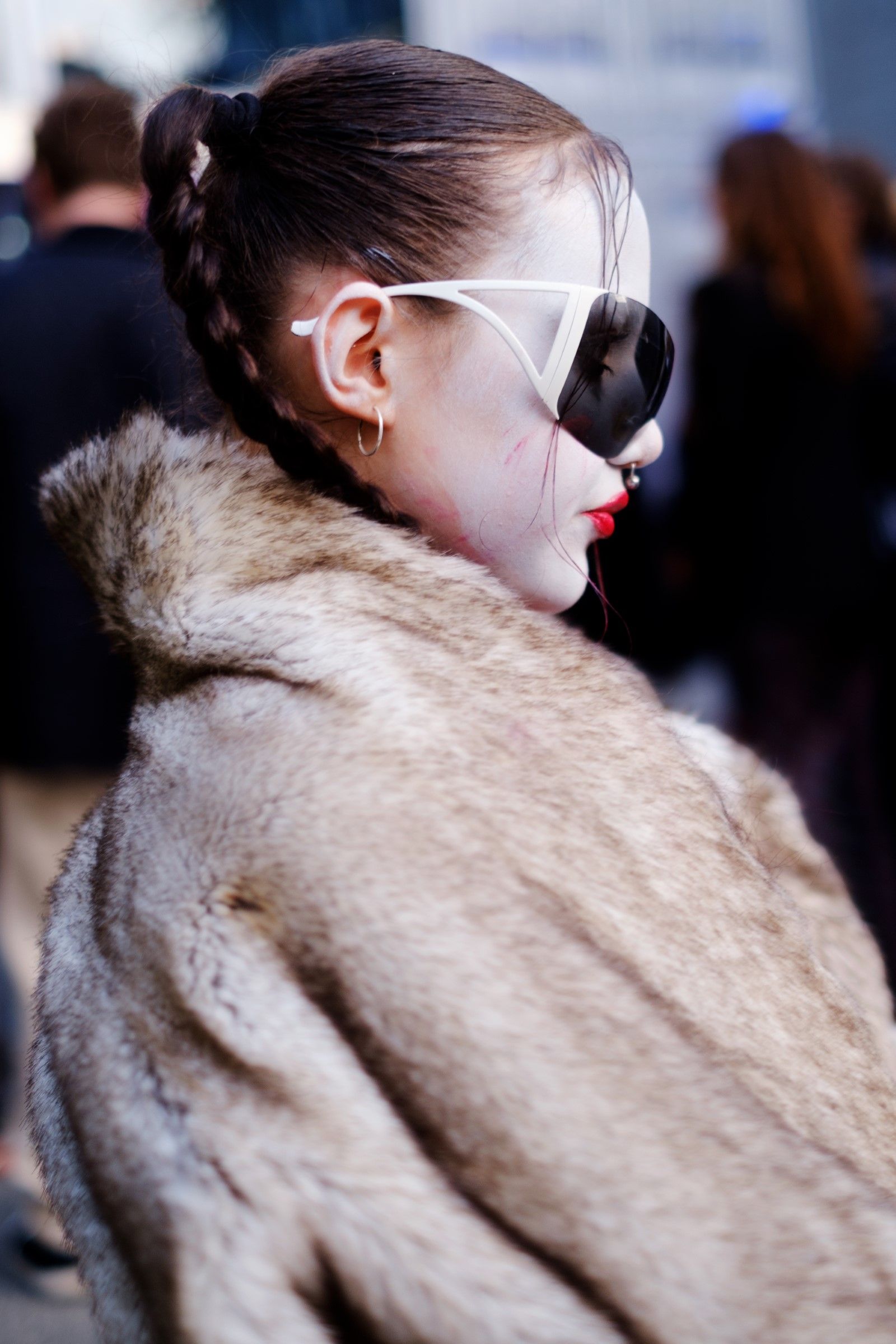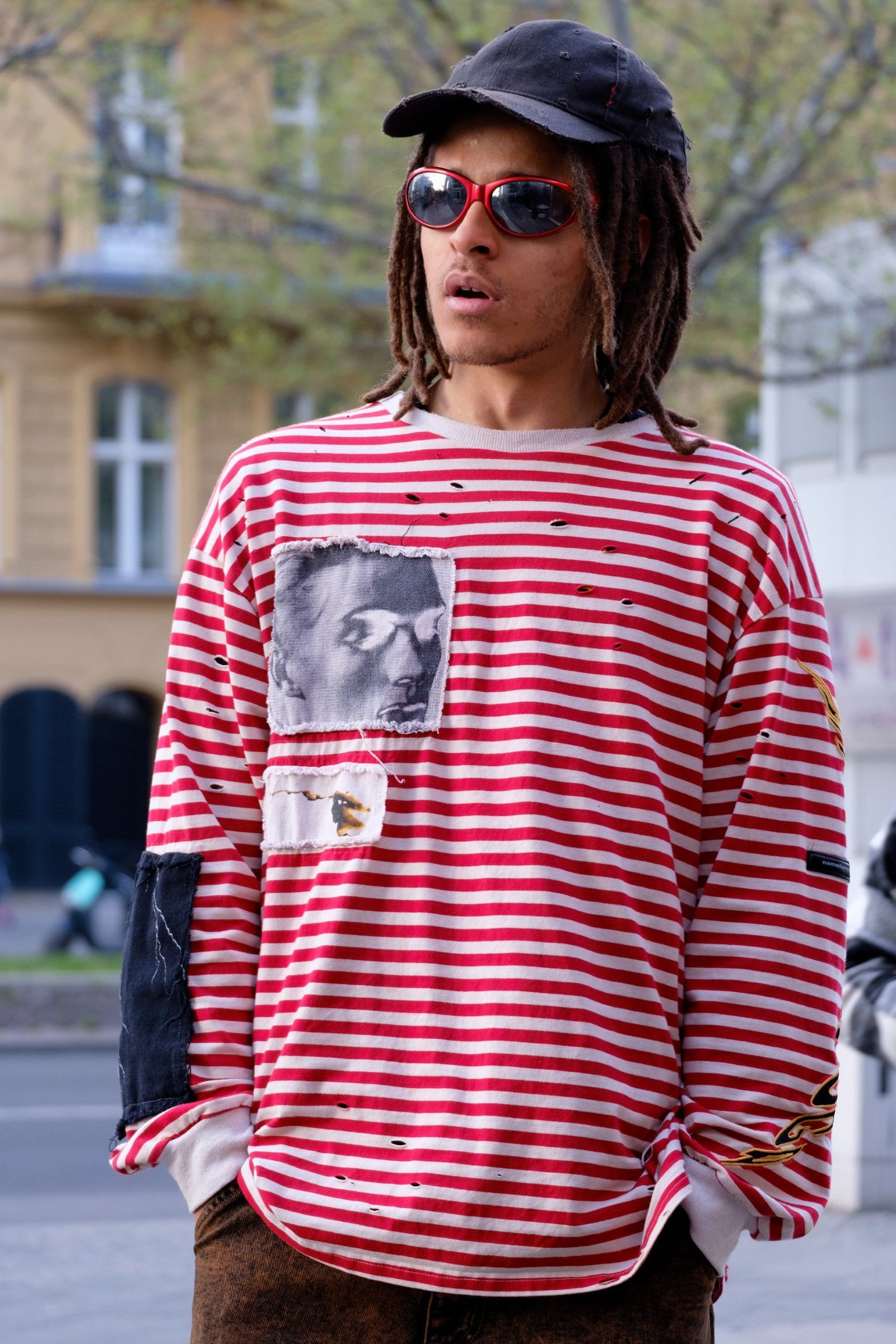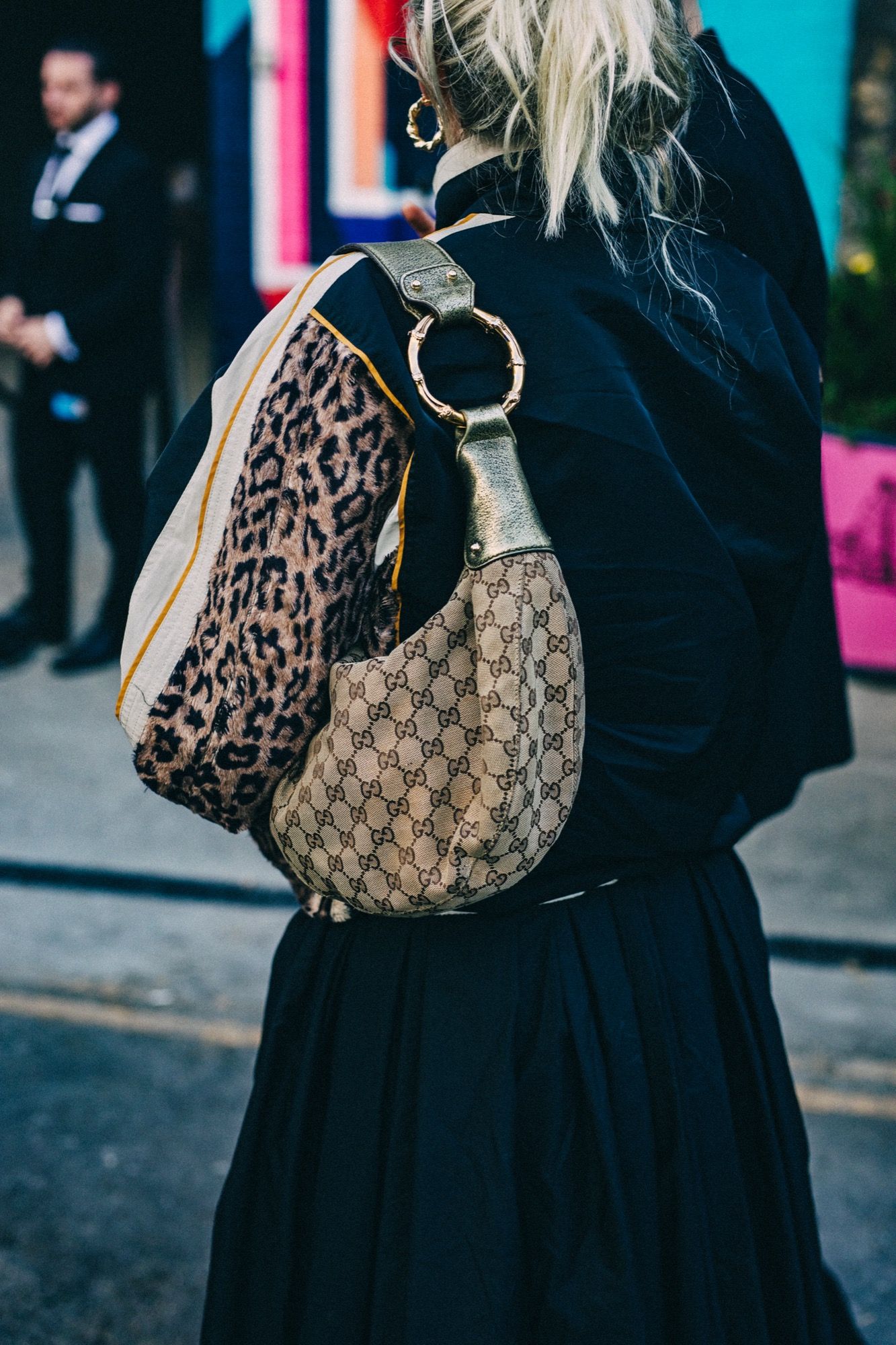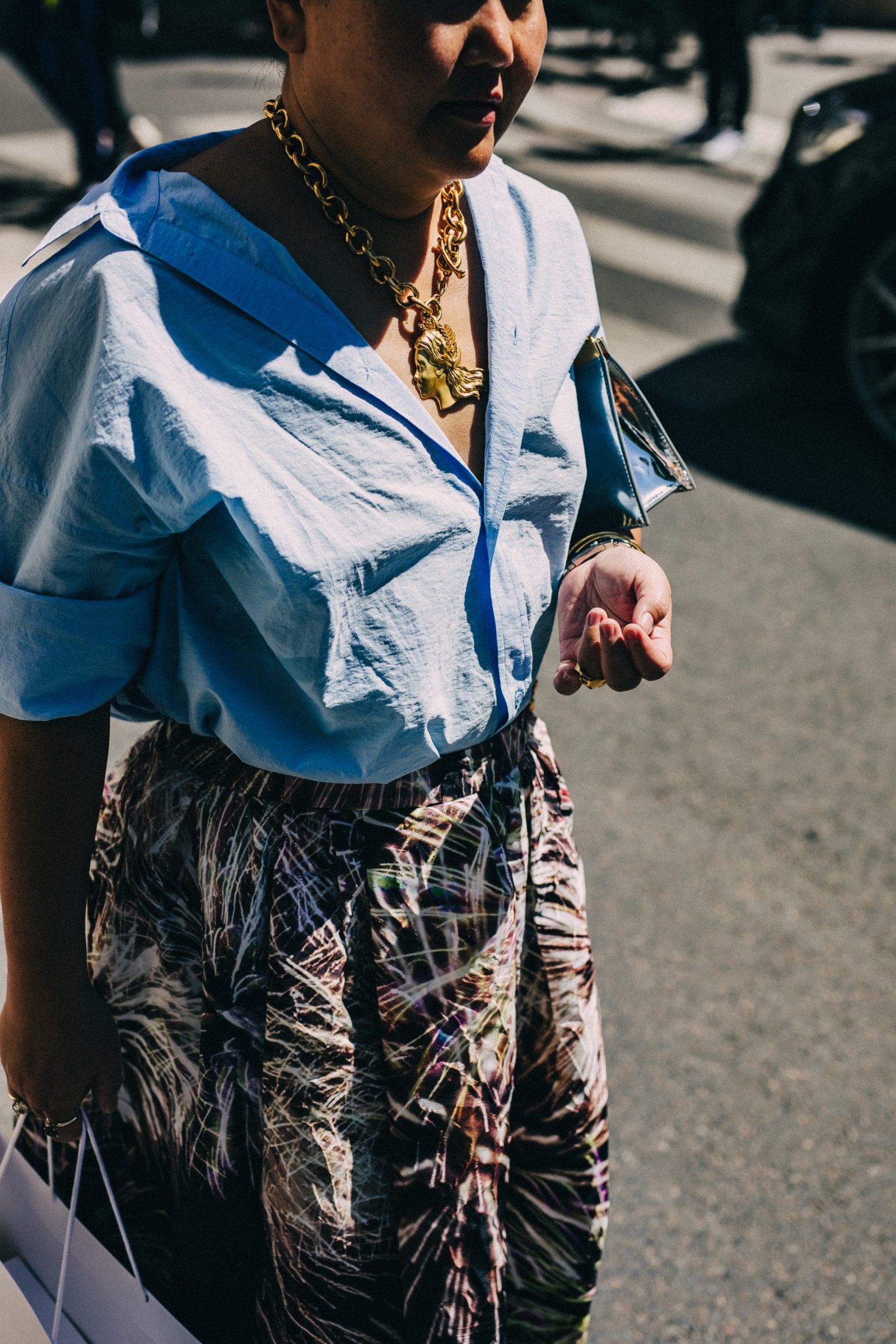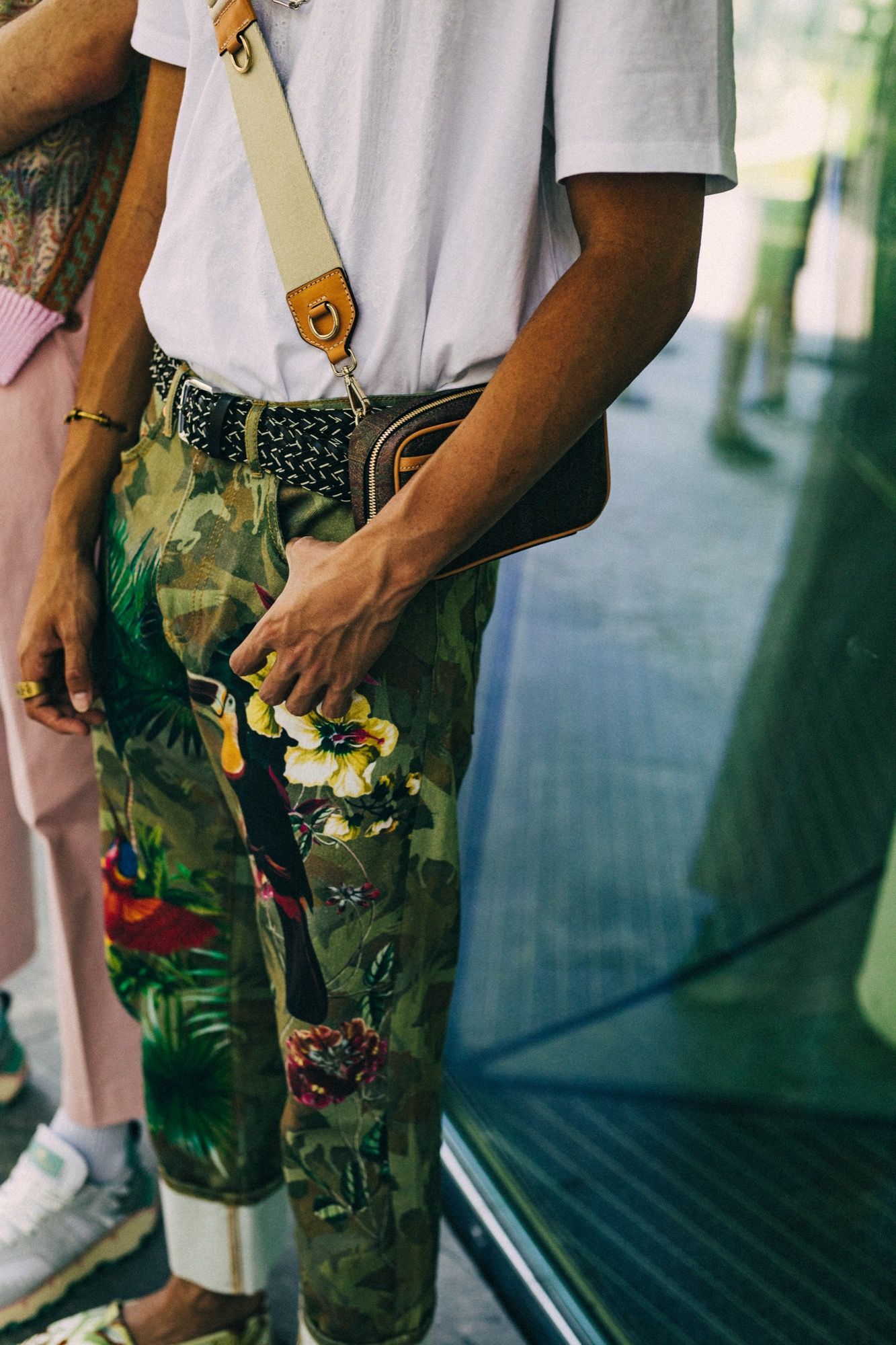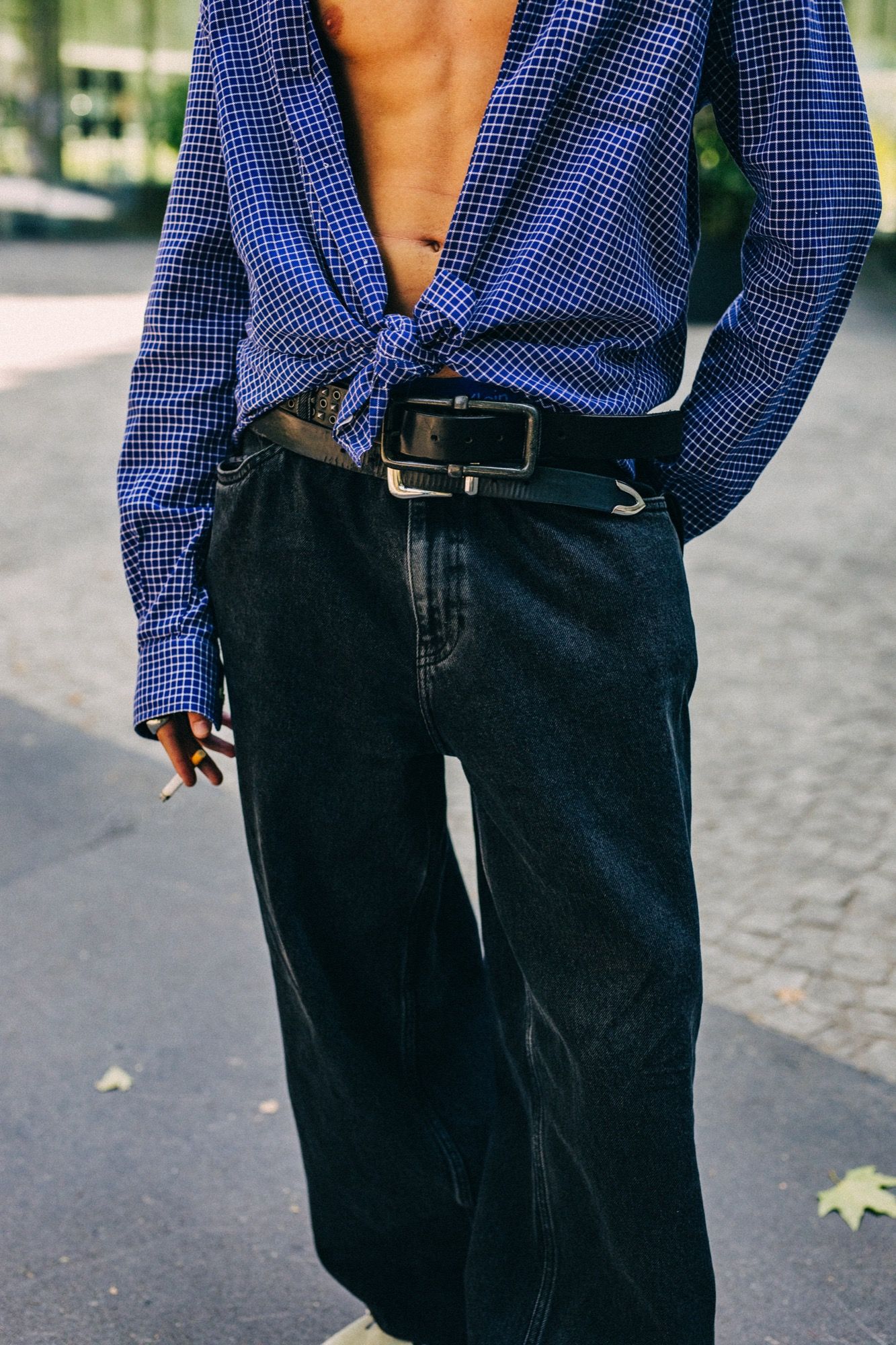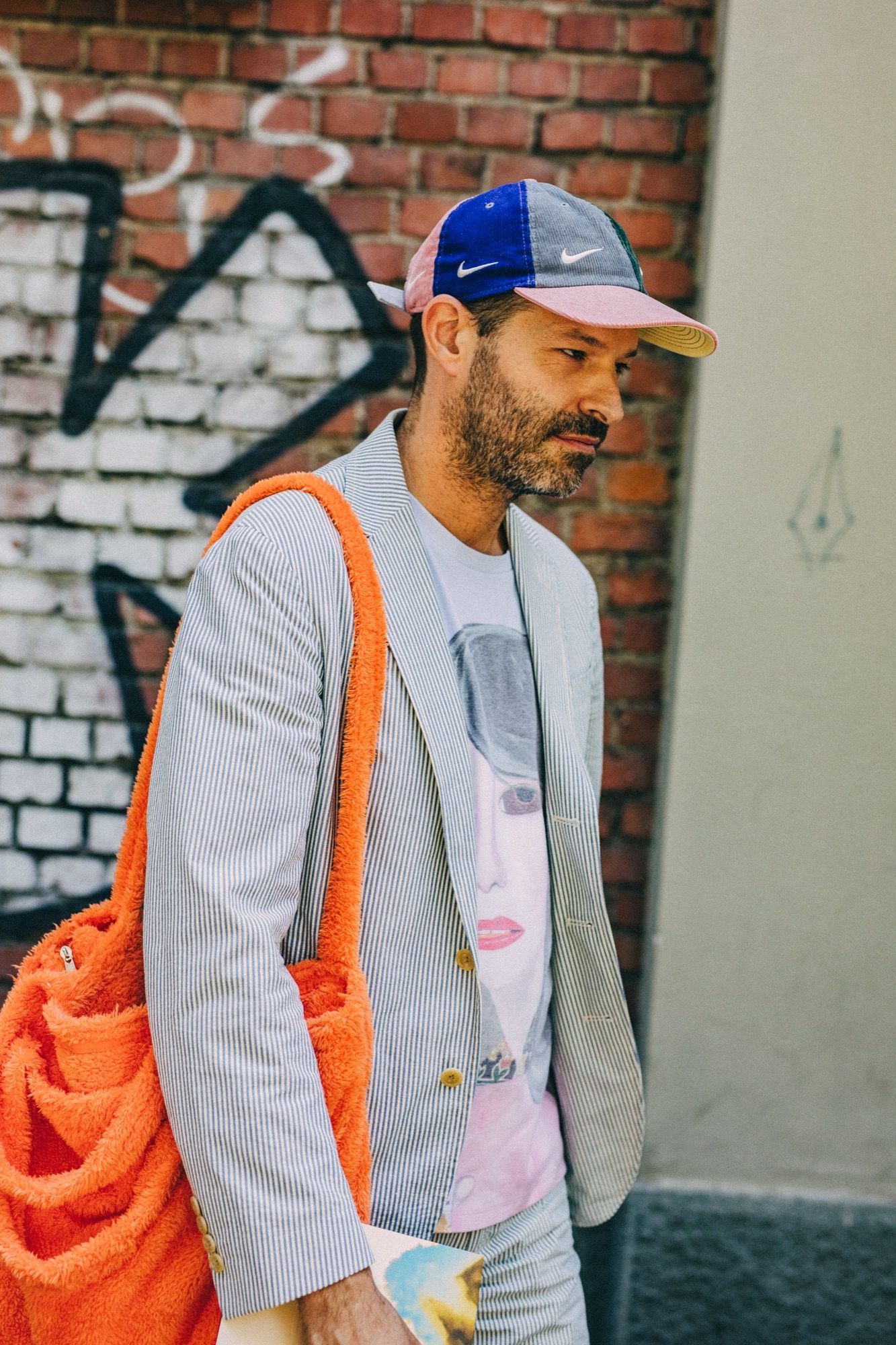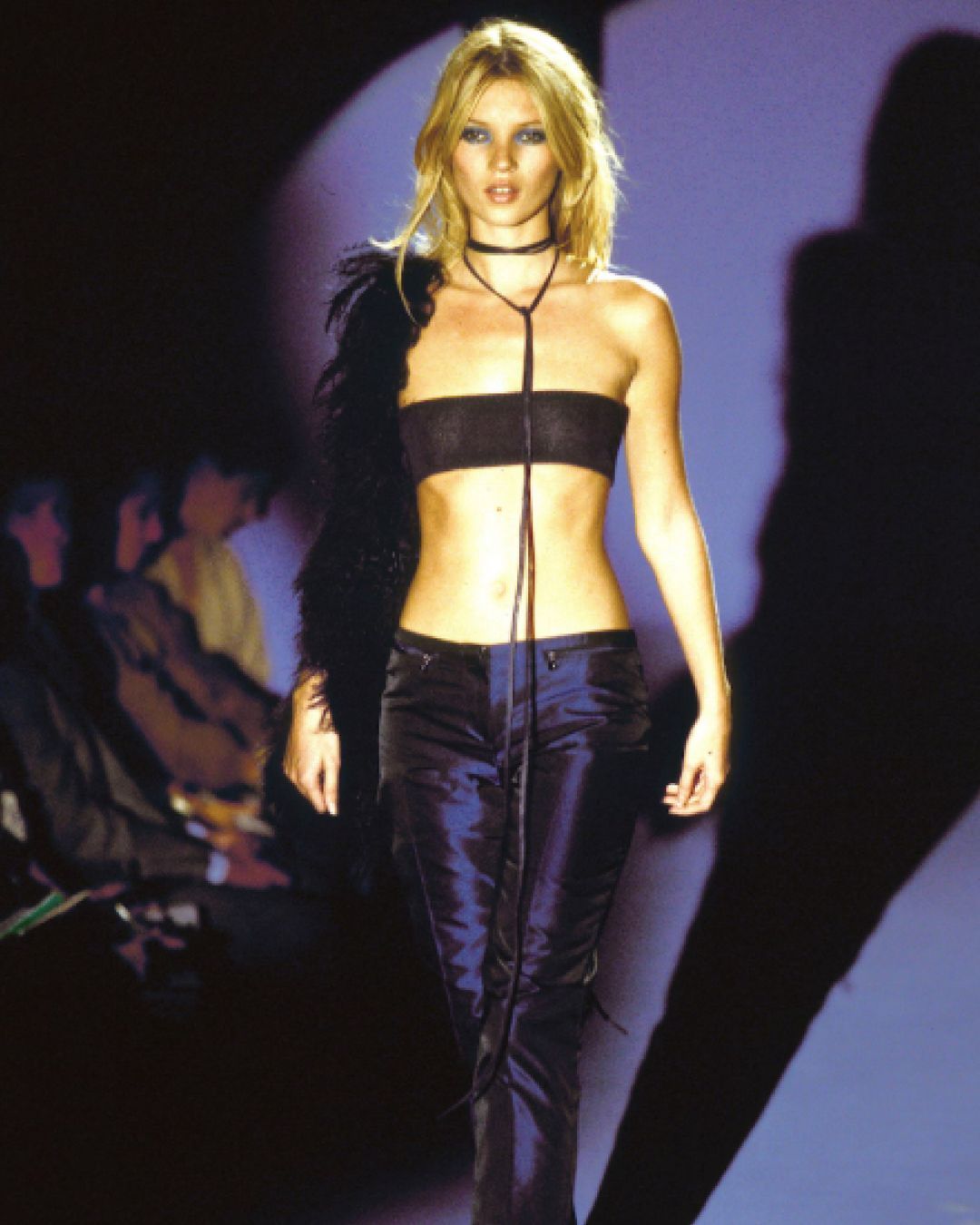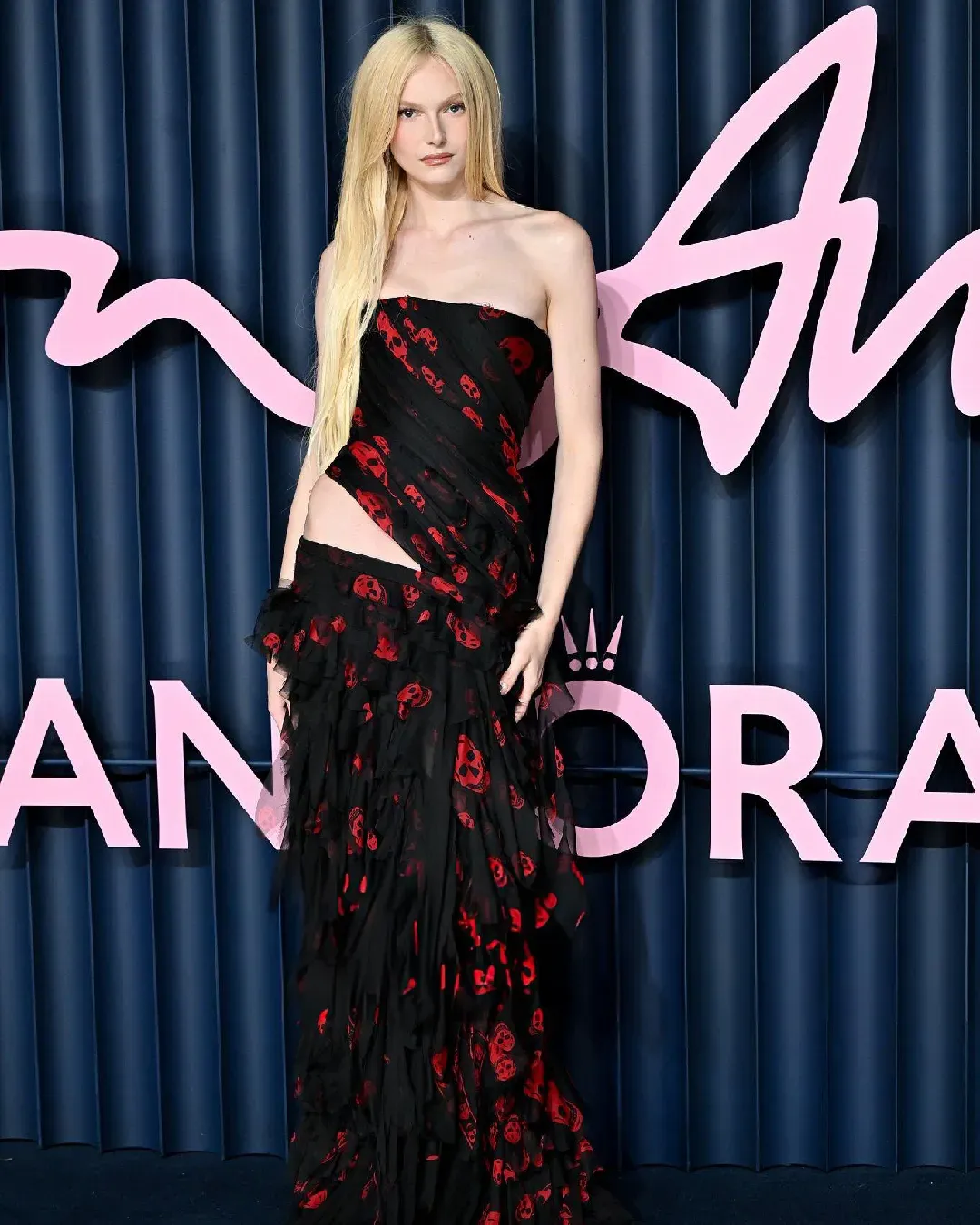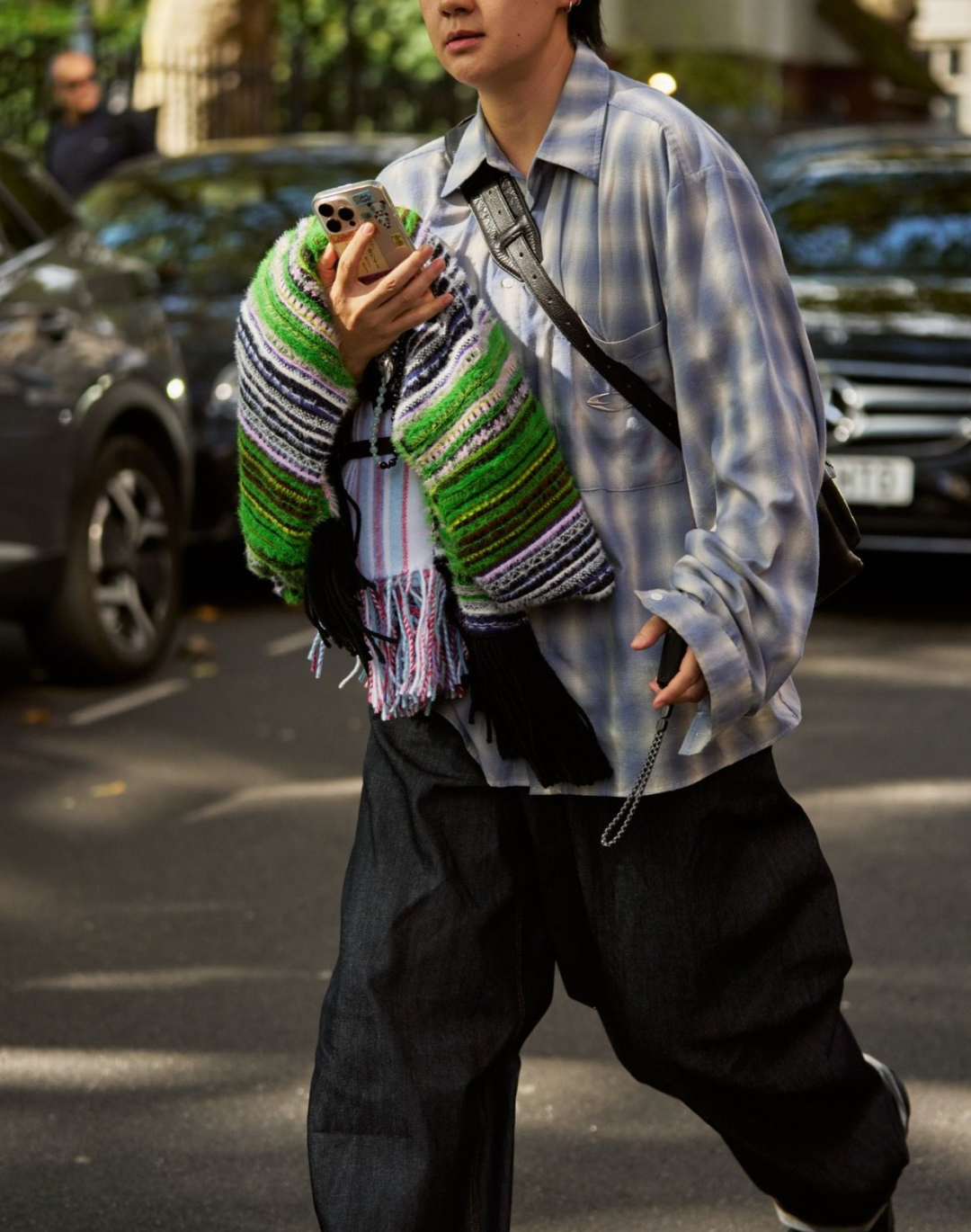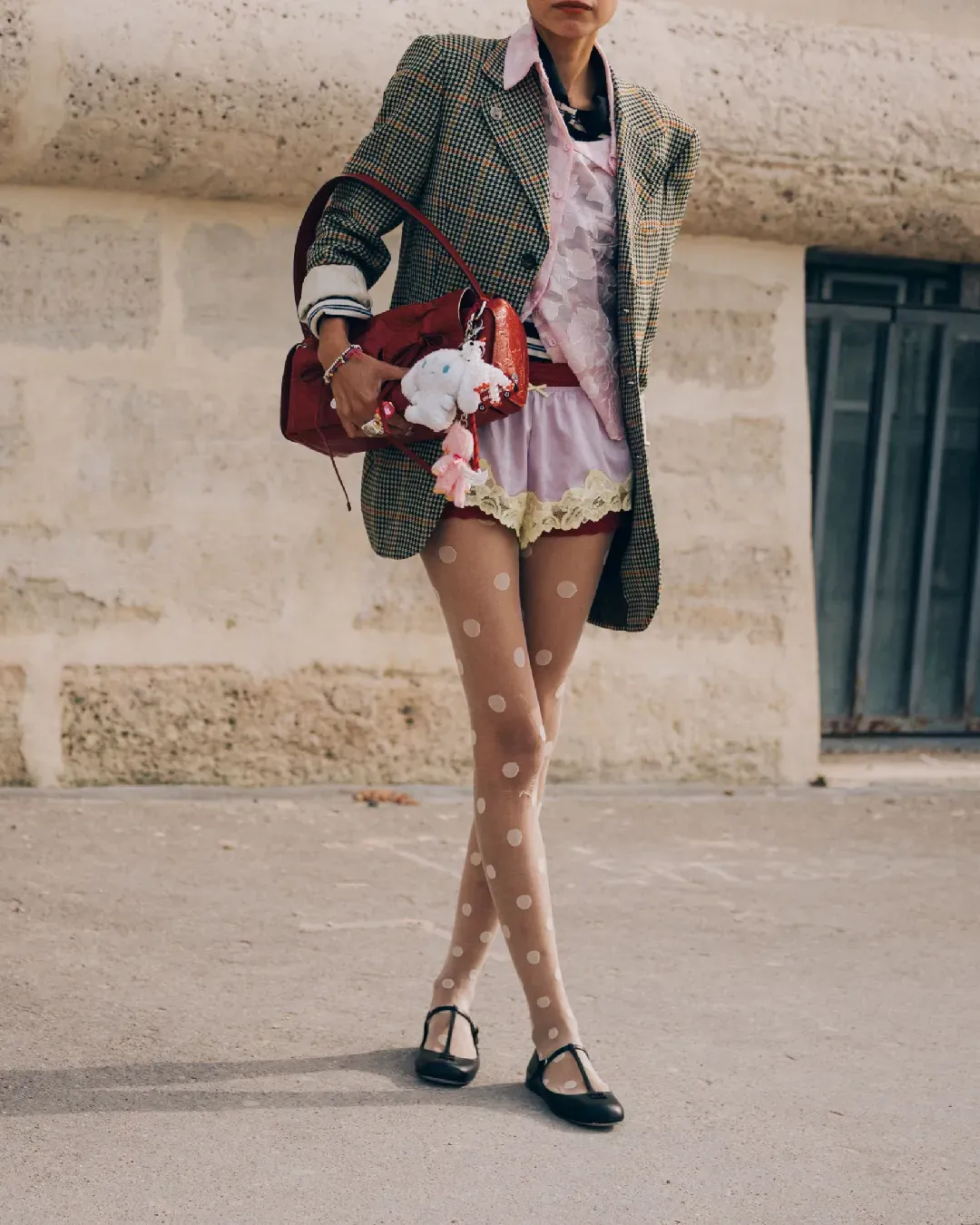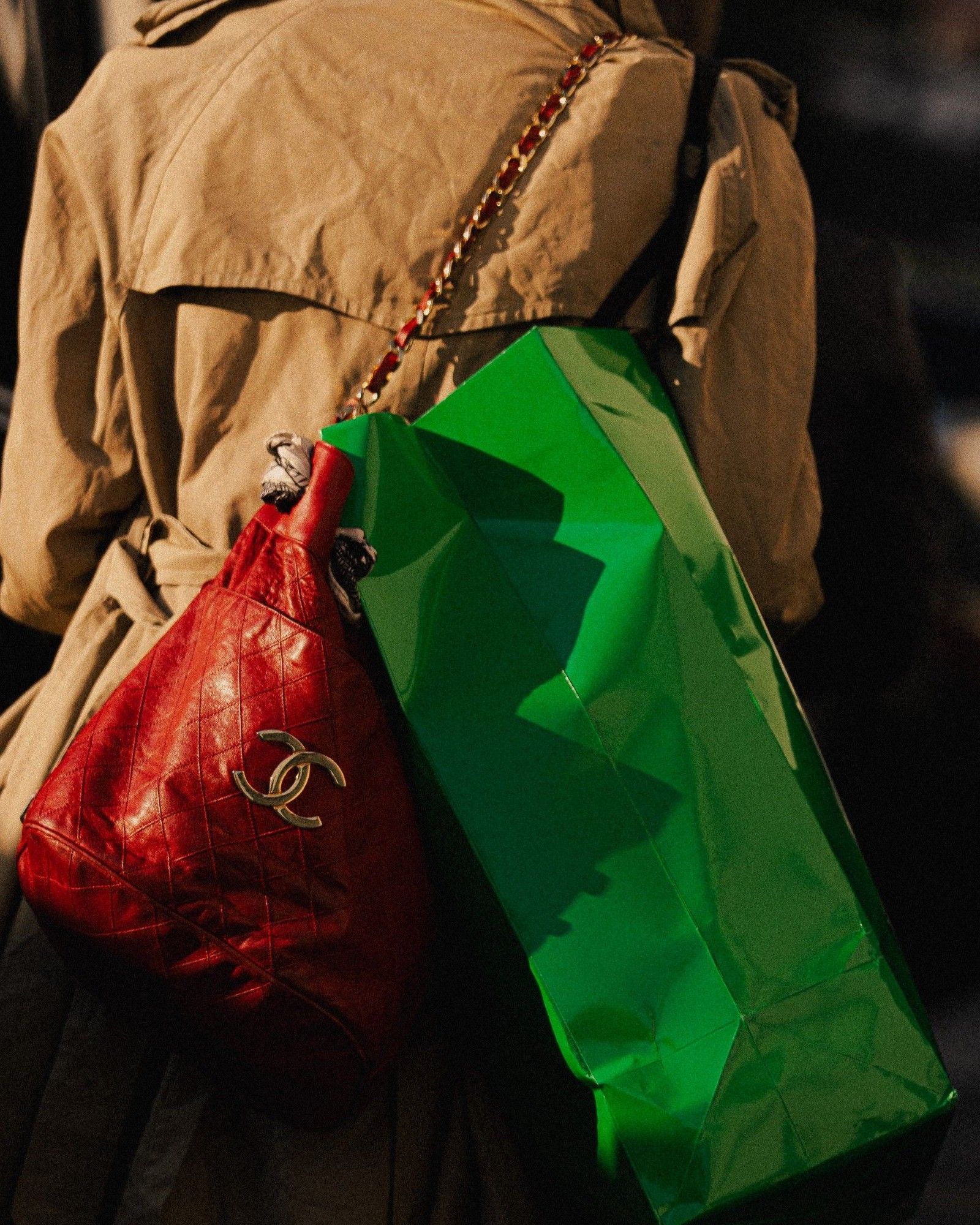
Has archival fashion killed thrifting? How late capitalism invaded anti-capitalism
The writer of this article has been buying vintage in Milan for ten years. There was a time when the Sinigaglia Fair was held in the Ex Scalo Ferroviario di Porta Genova and not on the Naviglio Grande when among the stalls one could find a handful of pennies old Levi's jeans, cashmere sweaters, leather jackets as well as a large number of designer items that finding amidst piles of stuff was the mission of every Saturday morning. One memorable morning a friend found a 1960s coat by Gucci in near mint condition, another morning Corneliani coats and jackets and shirts by Fendi, Valentino, and Dior emerged from another stand. Among that season's most incredible trophies, all found for less than €25, there was a nylon tactical vest by Gianfranco Ferrè, another in leather by Versace, pants by Loro Piana and Cerruti, Stone Island sweaters, Zegna blazers, and historic suits by Armani and Canali - and these are just the designer garments, hundreds of others were not but included pure merino wool cable-knit sweaters, silk shirts, 1980s tennis sets, and several tailored pants that it is best not to specify so as not to cause concern to those reading. There were also great bargains to be had in the vintage stores on Milan's Via Mora: a T-shirt from the SS04 collection of Comme des Garçons Homme Plus for €17, Balenciaga shirts from the Ghesquiere era for €24, and a mouton coat by Valentino for €50 are still among the best finds, but it can also be said that they were the last great bargains to be had in the city. Today, in the days of luxury secondhand platforms, at a time when even Farfetch sells for hundreds of euros for Pierre Cardin polo shirts that a stall would have sold for around 5€, not only are the vintage stalls filling up with pieces from H&M and Stradivarius, but that whole world is now in its twilight years.
Let's face it: that world of vintage was beautiful because it allowed a college student for whom even certain wool and polyester sweaters from Zara at 40€ were too expensive to access, or at least delude himself with the illusion of access, first of all, superior quality (though certainly dated) and secondly, otherwise unattainable designer clothes. It was an oasis of anti-capitalism in a hyper-capitalist desert made up of fast fashion brands of dubious quality, already expensive streetwear brands, and other luxury brands that were otherwise unattainable. A sometimes dirty and chaotic world but one in which knowledge, imagination, and personal initiative played an important role in the search for incredible "pieces." Little was done online: Grailed was a more lively reality beyond the Alps and the Ocean, Depop was a marketplace not too different from the one held on Saturdays, which, however, already at the time was perfect for retrieving old hoodies from Stussy and Levi's jeans on the cheap. Then came the archive: as Milan's vintage stores filled up with brands like Les Hommes, Les Benjamins, and HerosHeroine and the prices of "real" secondhand fashion soared, sites like Silver League and Middleman Store spread the culture of avant-garde brands, and Jean Paul Gaultier's 90s fashion. Prices, in dollars, were considerably high, but there was a reason, research behind it: vintage had expanded into a new, even more, elite cultural category. Little by little that culture spread among the young fashion cognoscenti, Vestiaire Collective found huge circulation, and the secondhand fashion boom began more or less as we know it. A little later also came Vinted, which made secondhand national popular and remains to this day perhaps the last heir to an authentically democratic vintage world. Yet by the time, Vinted's advertisements were seen in Milan on the sides of streetcars, that world of vintage was dead and buried, its secret had been revealed, and that absolute democratization was lost.
The parable of this change could be described as the gradual meeting of vintage culture with resell culture: the former was born on stalls and concerned traditional luxury brands, and the latter was born online and concerned streetwear. The two categories mingled giving birth to the big online marketplaces, and before anyone knew it, brands themselves began selling their vintage garments at slightly lower prices than the new garments, and Farfetch started its pre-owned program that is certainly noble in its intentions but has rebuilt the price barrier that the thrifting world was breaking down. Even the beloved East Market in Milan or the monthly Mercatone dell'Antiquariato became infamous for some decidedly astronomical prices: during the last edition of the Mercatone dell'Antiquariatoa, a non-negotiable price of 100€ was offered to the writer for a pair of Gianfranco Ferrè glasses that were thirty or forty years old. With Vinted and Vestiaire Collective, then, many users began to capitalize on what was previously sold to empty their closets, and so even on those platforms arrived coats for 5000€ and shoes for 800€. The situation has gotten so out of control that in some cases garments are being offered for sale that cost as much as in boutiques - great bargains are becoming fewer and fewer, and even fashion garments are increasingly overpriced. The game worked when vintage was one big unregulated jungle: what happened happened. Now that that jungle has been colonized by large corporations and private sellers, however, its logic has become the same as in the firsthand market - more controlled but again tragically exclusive.
I've found out where all the Milanese hipsters go on Sunday. #EastMarketMilano pic.twitter.com/FJ2kUpttKR
— John Lubbock (@jwsal) February 23, 2020
Meanwhile, something else has also happened to vintage. On the one hand, fast fashion brands have begun to "pollute" the flow of super 100s wool garments, leather spikes, and tailored cotton shirts, on the other hand, the increased culture of reselling has led many to want to privately sell garments produced by the most renowned brands with the double result of watering down the selection of vintage and preventing that mechanism whereby it happened, say, that one could find a rare designer item amidst the proverbial "pile of stuff." Meanwhile, a new generation of Instagram-native vintage sellers (on whom Fashionista reported recently) began to populate the market with selections of garments whose price tag was not luxury per se but was nowhere near as affordable as those in the original thrift stores. All of these elements have led to a very different vintage world in 2022 than a decade ago: more prepared, confident, and "filtered," but in some ways less exciting and adventurous. An article in The New York Times named. The Golden Age of Thrifting is Over notes how the flood of fast fashion products has not only clogged and created problems for vintage stores but also for large marketplaces such as ThredUp: «Compared with 2020, there was a 186 percent increase in the number of items listed from Shein and a 75 percent increase in pieces from PrettyLittleThing». The article concludes: «This is alarming for the generations of women who have been thrifting for decades as a way of filling their closets affordably with garments made of high-quality materials». Even on Vinted, one must carefully filter one's search results to avoid coming across used garments from Zara or Bershka. Who would want secondhand fast fashion? Vintage is not just about affordability, then, but about democracy and circularity - one of the rare virtuous mechanisms that exist in the shadow of the "real" fashion industry. Yet there is still hope.
Applying simple "historical" logic, we can reasonably assume that, just as the tons of vintage products of the past have fueled and still fuel the vintage market today, in the same way, the huge overproduction of high street and streetwear brands of the 1910s will at some point end up feeling it in the future. After all, back in 2015, couturier Olivier Theyskens lamented in the pages of Dezeen, «the surplus of young designers starting their labels» and the saturation of the fashion market - a problem that would increase tenfold with the phenomenon of "startup brands" that saw hundreds of young creatives launching their clothing lines by having hoodies or t-shirts printed, chasing the example traced by Virgil Abloh or the other brands scattered across Europe, Asia and America that have become microphenomena over the years. A quick tour in the Fashion News section of Hypebeast confirms the existence of brands never heard of before that seem to have appeared overnight like mushrooms after a thunderstorm, in the same way scrolling through the list of all the brands marketed by Farfetch or SSENSE one discovers that the brands of the real fashion weeks are a clear minority compared to the many illustrious unknowns that populate the category. Similarly, in the Italian market, local brands that produce high-end clothing register revenue but never see the light of the spotlight («honest producers» Andrea Batilla defined them in an article written last year for nss magazine) exist in the thousands. And, just as today's avalanche of our grandparents' jackets and pants says something about an era that was not very colorful and very formal, perhaps many years from now our grandchildren too will find the relics of our era on the stalls and in the vintage stores of their era. Assuming the world as we know it still exists.










































